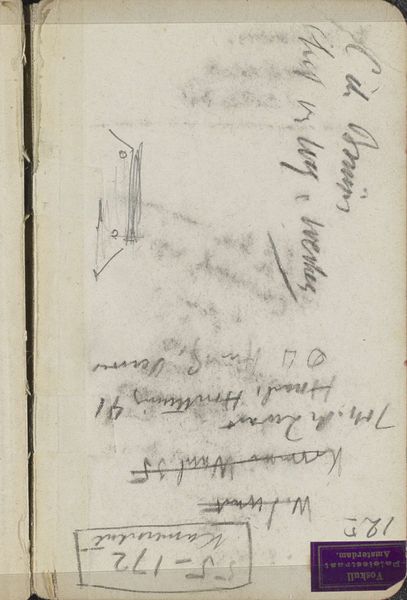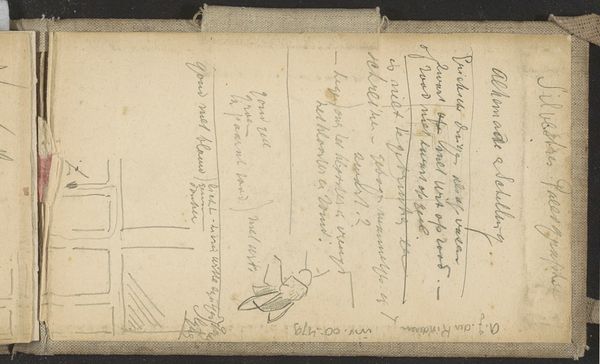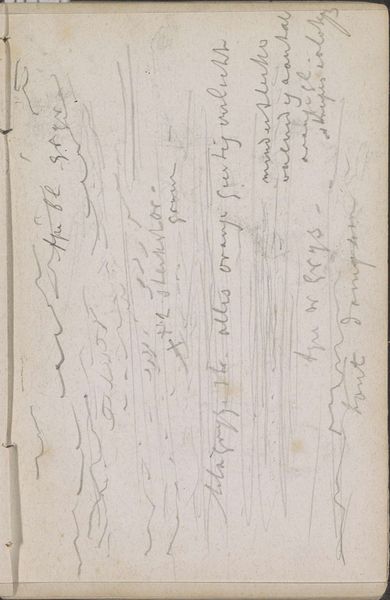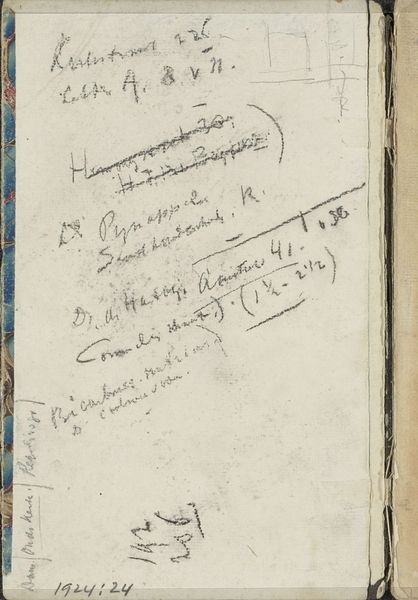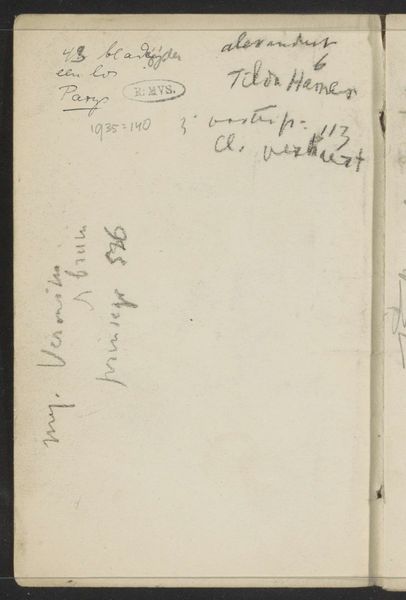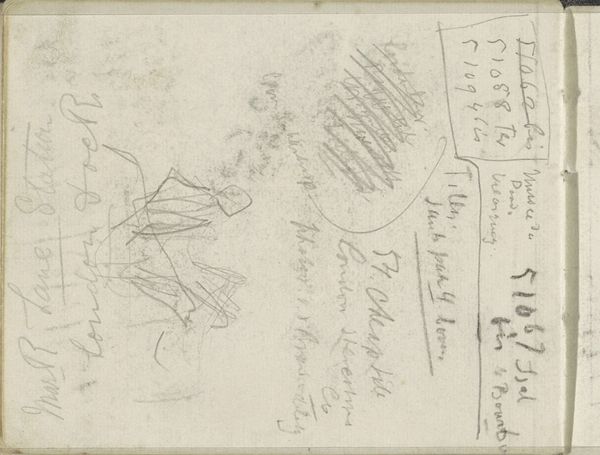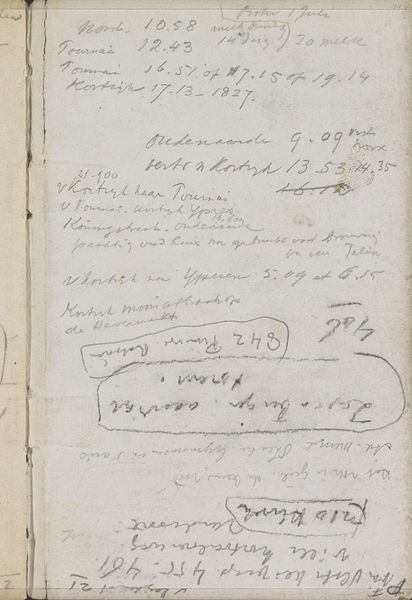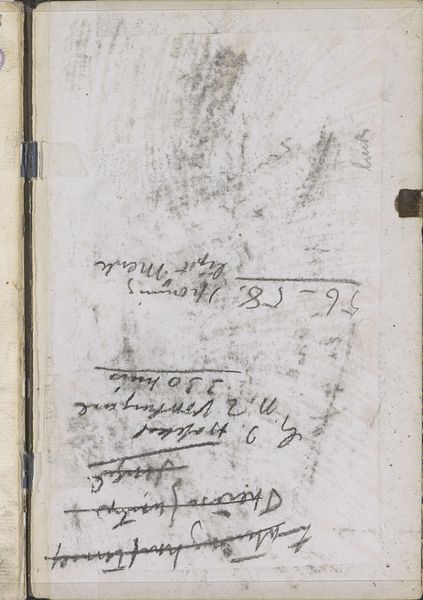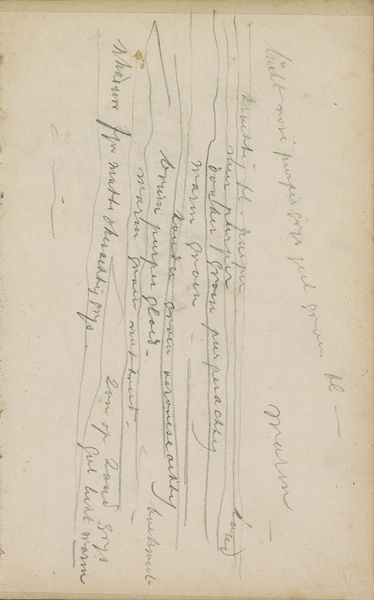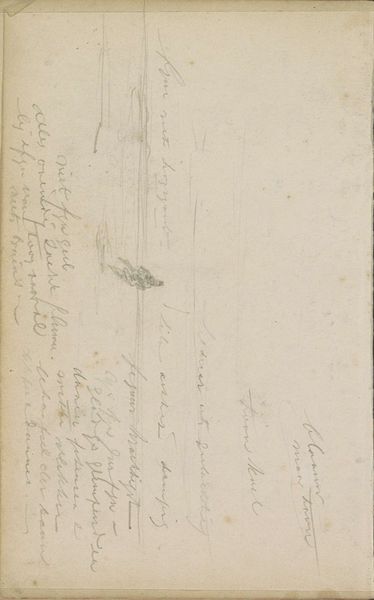
drawing, paper, pencil
#
portrait
#
drawing
#
impressionism
#
figuration
#
paper
#
pencil
Copyright: Rijks Museum: Open Domain
Curator: Here we have a page from a sketchbook by George Hendrik Breitner, titled "Soldaten," created in 1888. The artwork, a pencil drawing on paper, resides here at the Rijksmuseum. Editor: Immediately striking. It's a flurry of lines, almost ephemeral. Are we looking at the ghost of soldiers rather than the soldiers themselves? There is such an evocative quality with a clear sense of rapid execution; I find that so very compelling. Curator: Breitner, indeed, favoured a swift and almost photographic capture of reality. Considering the socio-political environment of the time, witnessing an era of burgeoning industrialization and social unrest, what symbolic significance might we ascribe to his portrayal of military figures? Editor: Well, military uniforms, inherently, are symbols of power, order, and national identity. Here though, they’re softened, almost disintegrated. There’s a poignant contrast between the rigid expectation of soldiers and this… vulnerable depiction of them. I wonder, were these sketches for something bigger? A hidden critique of militarism through subtle deconstruction? Curator: Breitner was keenly interested in the lived realities of people within particular socio-economic classes, he would stroll through Amsterdam to seek subject matter that reflected his impressionist style, focusing on motion and activity within cityscapes. How do you interpret Breitner’s use of this style and theme together, especially regarding their representation? Editor: It makes them feel very much a part of the fabric of the everyday. Not heroic figures set apart, but ordinary men caught in an extraordinary situation. It softens their aura, inviting empathy instead of stiff formality. They blend with the city and society in which the uniforms they wore, normally very bold, were worn down. I wonder how that era shaped these drawings... Curator: Ultimately, this work provides an interesting reflection on the human figure in relation to institutional power. Editor: It speaks to the fragile and transient nature of these men's moment in a specific uniform and situation, revealing them as people rather than symbols of war.
Comments
No comments
Be the first to comment and join the conversation on the ultimate creative platform.
